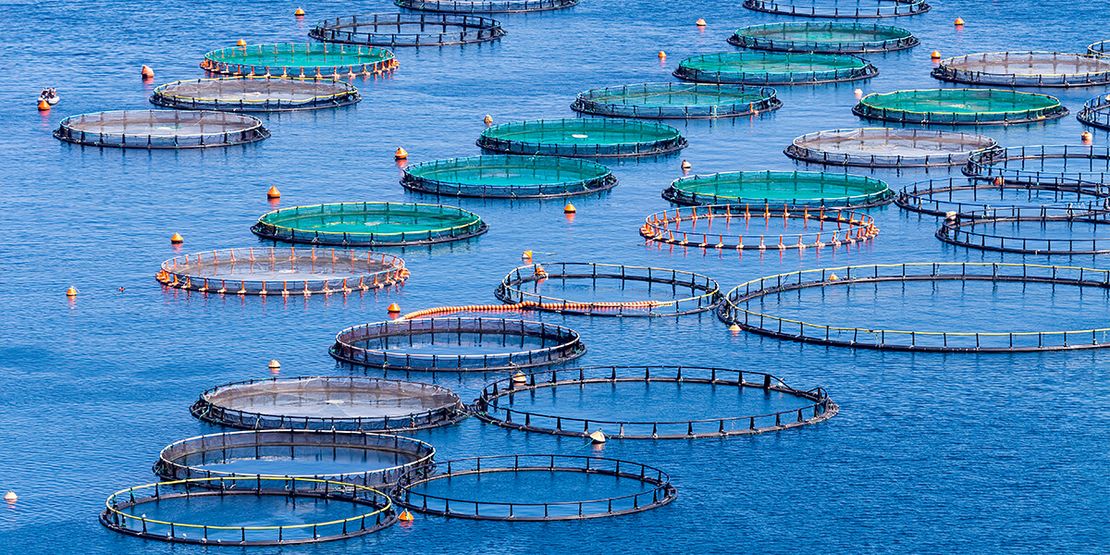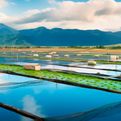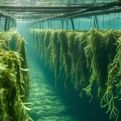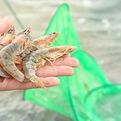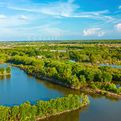Advancing Aquaculture Through Biomass Estimation: Methods and Considerations
Aquaculture has evolved into a vital industry, providing a significant source of food for communities globally. Managing the biomass of cultivated species is paramount for the success and sustainability of aquaculture operations. Biomass, the total weight of living organisms in a given area, serves as a key metric for gauging the productivity of these systems.
In this article, we explore various methods of biomass estimation in aquaculture ponds and their implications for informed management decisions.
#1 Sampling: Precision Through Observation
Pros:
- Accuracy
- Sampling involves collecting a representative portion of pond water, providing a more accurate estimate of biomass.
- Health Monitoring
- Enables monitoring of the health and growth of fish.
- Productivity Evaluation
- Useful for evaluating the overall productivity of the pond.
Cons:
- Time-Consuming
- Implementation of sampling can be time-consuming.
- Specialized Equipment
- Requires specialized equipment for effective execution.
- Challenges in Large Ponds
- Difficult to perform efficiently in large ponds.
#2 Remote Sensing Techniques: Aerial Insights
Pros:
- Comprehensive Analysis
- Involves aerial photography or satellite imagery, allowing a comprehensive assessment of the pond.
- Suitable for Large Operations
- Particularly useful for large aquaculture operations where sampling every part of the pond is impractical.
Cons:
- Dependency on Technology
- Relies heavily on technology such as aerial imagery analysis.
- Limited Detail
- May not provide detailed information about individual organisms.
#3 Mathematical Models: Predictive Precision
Pros:
- Quick Estimates
- Offers quick estimates of biomass.
- Utilizes Various Factors
- Incorporates factors like water temperature, pH, and nutrient levels for predictions.
Cons:
- Limited Accuracy
- Not as accurate as other methods.
- Dependent on Data Availability
- Accuracy is contingent on the availability of data.
- Supplemental Confirmation Required
- Best used in conjunction with other methods for confirmation.
Nurturing Sustainable and Productive Aquaculture
In conclusion, estimating biomass in aquaculture ponds is an indispensable component of effective pond management. The methods discussed – sampling, remote sensing techniques, and mathematical models – each have their strengths and considerations. The choice of method hinges on factors such as pond size, fish type, and budget constraints.
Regular biomass estimation, accompanied by adjustments to the system as needed, ensures favorable conditions for the growth and survival of the cultured organisms. By embracing these methodologies, aquaculture operations can foster sustainability, productivity, and contribute significantly to global food security.
Riley Sinclair (Digital Aqua Bear)
Hi! I'm Riley Sinclair (Digital Aqua Bear), and I'm exploring the world of digital aquaculture farms. Join me as I delve into innovative methods and sustainable practices for cultivating aquatic life in digital environments. Let's uncover the potential of digital aquaculture farms to revolutionize food production and environmental sustainability.
More From Digital Aqua Farm
Optimizing Aquafarming: The Interplay of Water Temperature and Dissolved Oxygen
Riley Sinclair (Digital Aqua Bear)
Global Shrimp Market Dynamics: Navigating Challenges and Opportunities
Riley Sinclair (Digital Aqua Bear)
Sustainable Seafood Farming: Balancing Harvest and Conservation
Riley Sinclair (Digital Aqua Bear)
Algae Bloom in Shrimp Farming: Strategies for Detection, Prevention, and Solution
Riley Sinclair (Digital Aqua Bear)
Navigating the Future: Top IoT Systems Transforming Shrimp Farming
Nolan Fischer (IoT Bear)
Becoming a Sustainable Shrimp Farmer: A Complete Guide
Riley Sinclair (Digital Aqua Bear)


